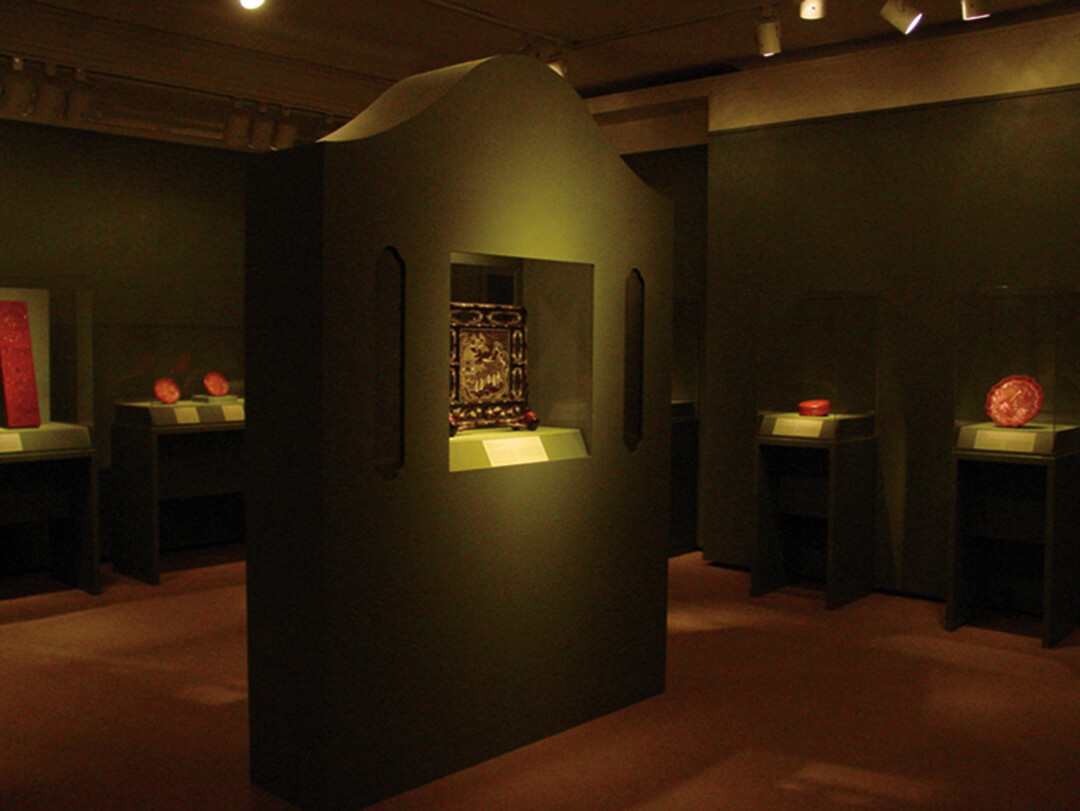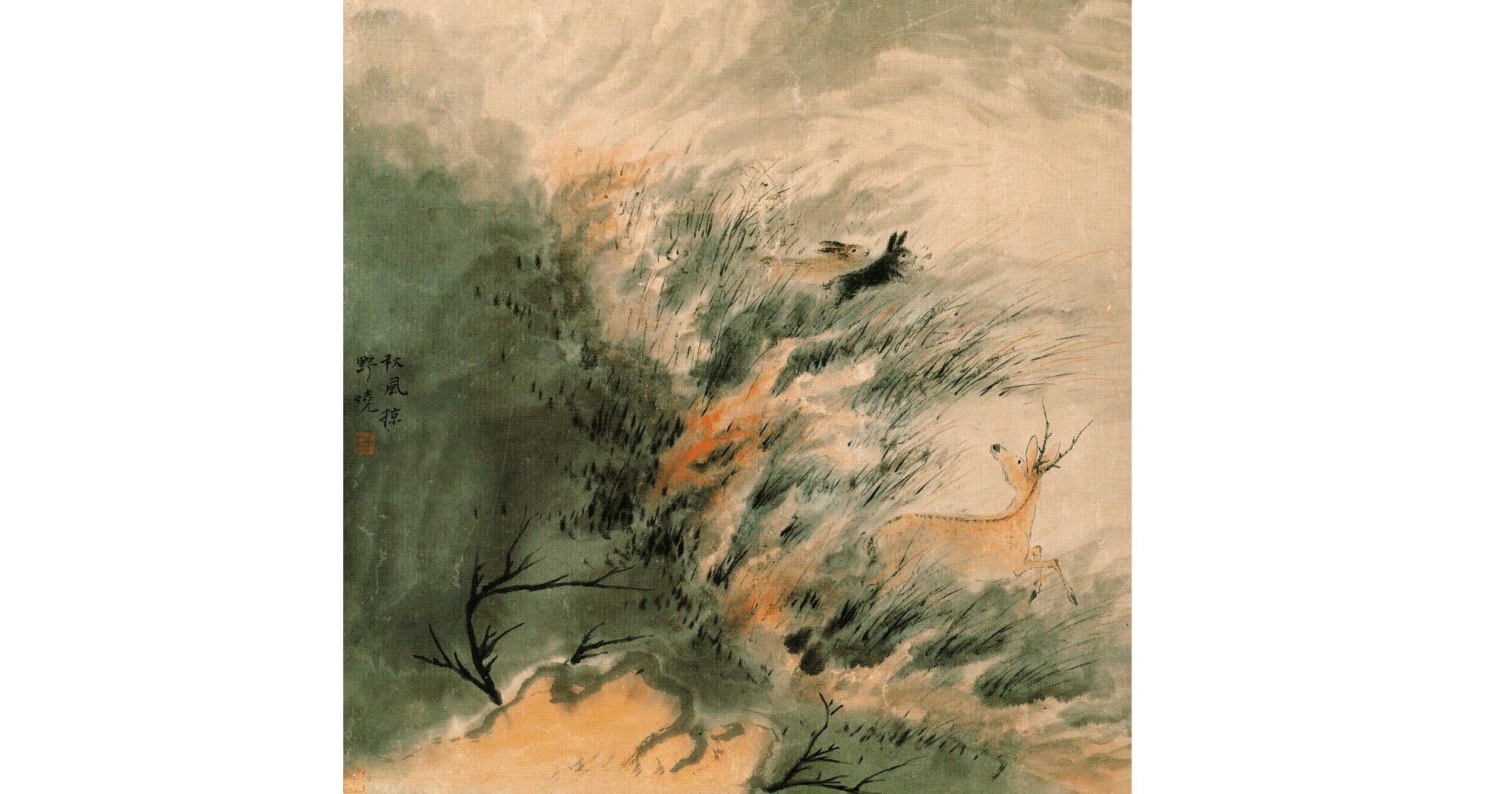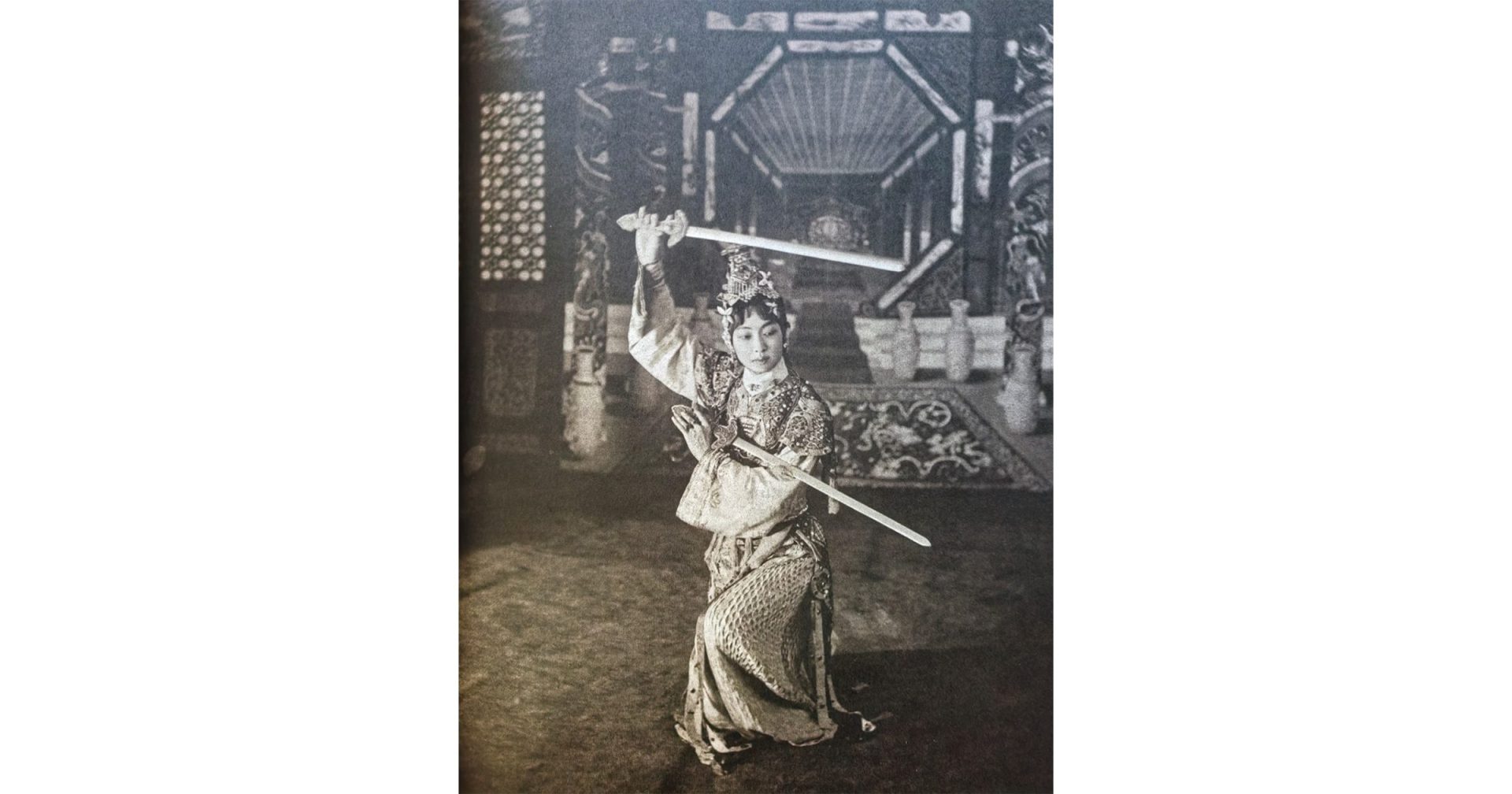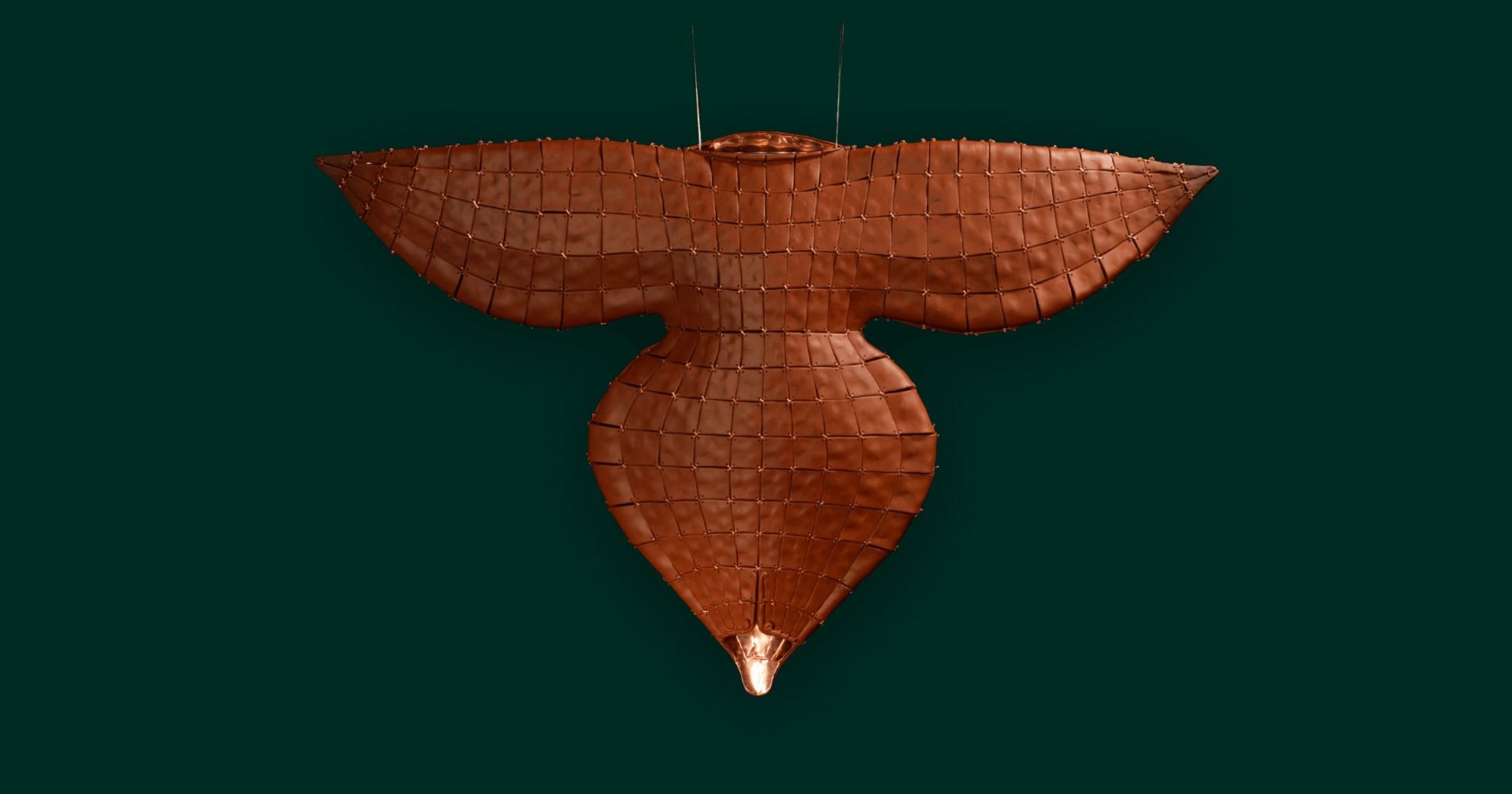Invented during the Neolithic period (ca. 6500–1700 BCE), lacquer was an important art form in ancient China. The Han dynasty (206 BCE–220 CE) experienced an exciting surge in the production of lacquer objects and vessels for domestic, imperial, and burial purposes and continued to demonstrate the highest quality of production through the Ming dynasty (1368–1644). Often made of wood or layered fabrics, the core of lacquerware is built in the desired shape and then coated with layers of lacquer. These thin layers of lacquer could effectively prevent the wood core from rotting in heat and dampness. Lacquer could be decorated with various paint colors, carved, or inlaid with precious stones, shell, gold, or silver. This exhibition presented lacquer, one of the great decorative art traditions of China, in a chronological format and focused on the varied types of lacquer produced from the second to the seventeenth centuries.

Masterpieces of Chinese Lacquer from the Mike Healy Collection
中国漆器:黑利藏品选萃
September 16 – December 3, 2005
Curated by Julia M. White
Exhibition organized by the Honolulu Academy of Arts; catalogue published by Honolulu Academy of Arts, Honolulu, Hawaii; copyright 2005 by Honolulu Academy of Arts.
• Honolulu Academy of Arts, Honolulu, Hawaii, December 19, 2002– April 27, 2003
• Santa Barbara Museum of Art, Santa Barbara, California, January 14–April 16, 2006
• Santa Barbara Museum of Art, Santa Barbara, California, January 14–April 16, 2006
Media Coverage
- Asian Art
- Oriental Art
- Sing Tao Daily 星岛日
- World Journal 世界日报
Related Programs
- Curator’s Lecture: Julia M. White, “Masterpieces of Chinese Lacquer from the Mike Healy Collection” (September 16, 2005).
- Lecture: Francois Louis, “The Lustrous History of Chinese Lacquer” (October 18, 2005).
Related Events

September 10, 2026 - January 3, 2027
Founded in 1966, the China Institute Gallery has presented the history of Chinese art from antiquity to the present through superb and thought-provoking...

March 5 - July 19, 2026
One of the most dazzling of the performing arts, Beijing Opera features magnificent costumes inspired by the court attire of the Ming dynasty. The genre’s...
No related events found
